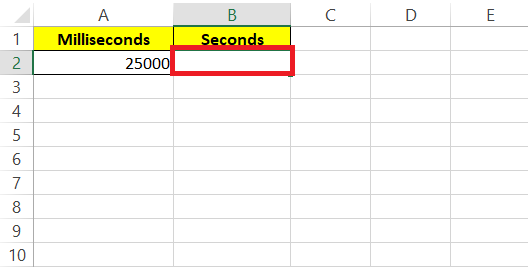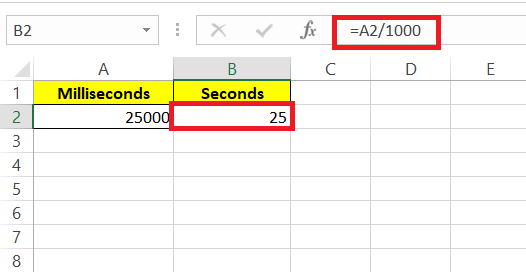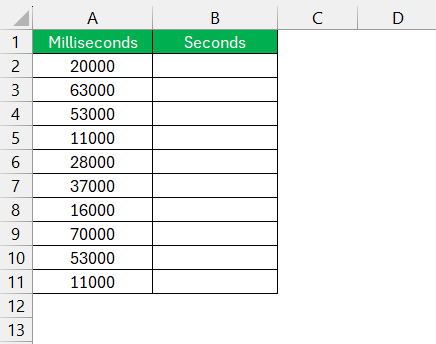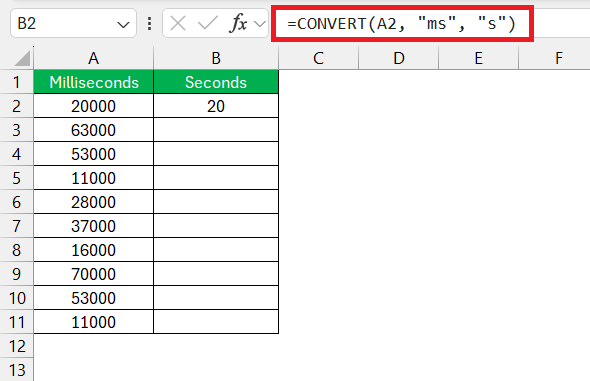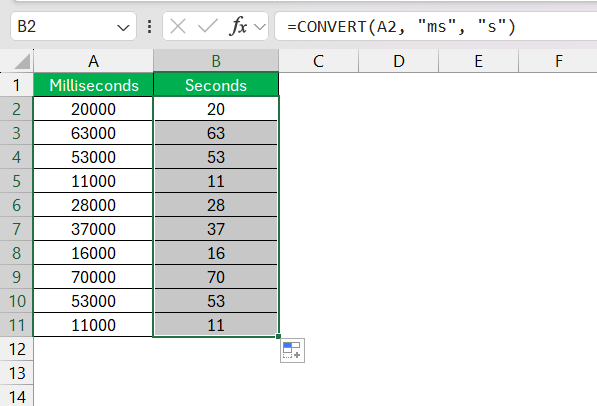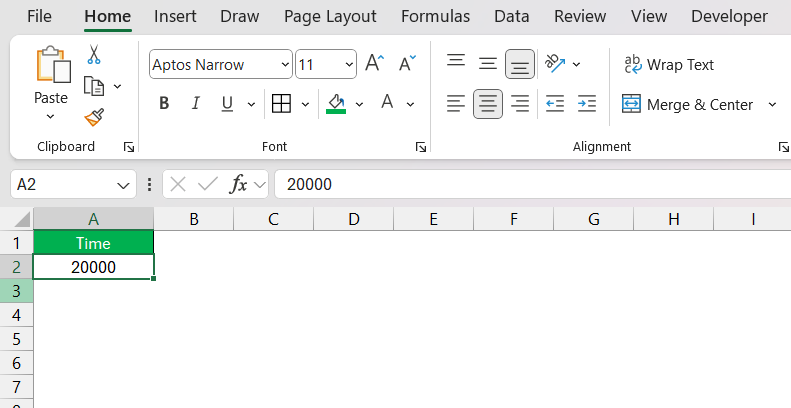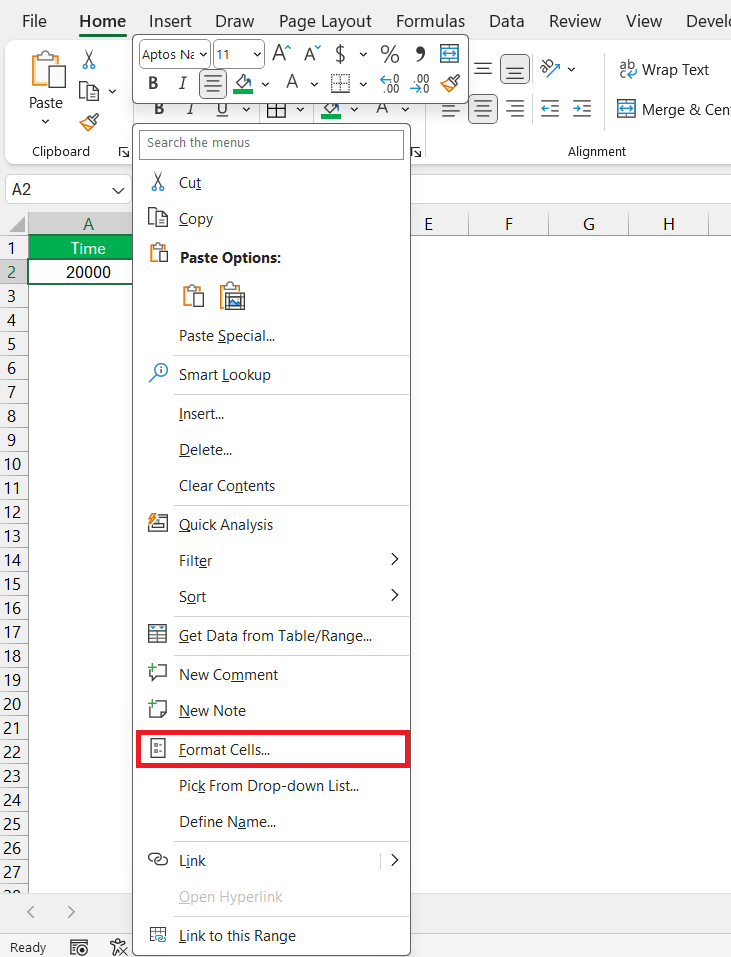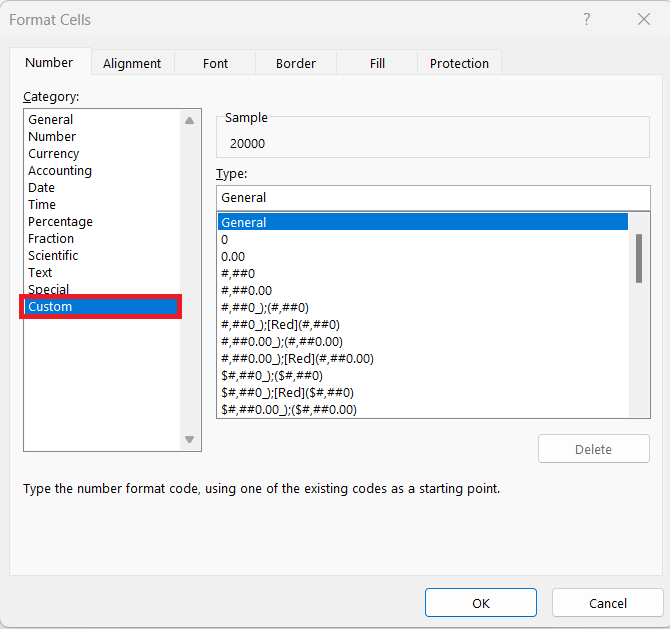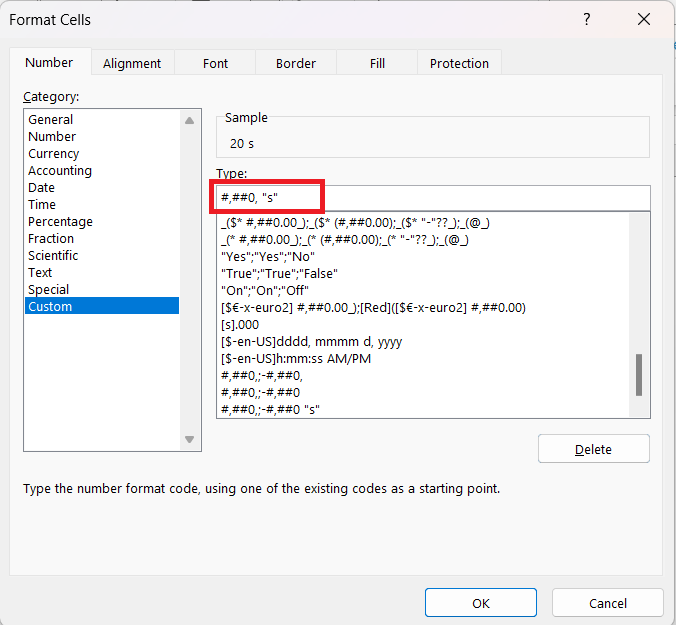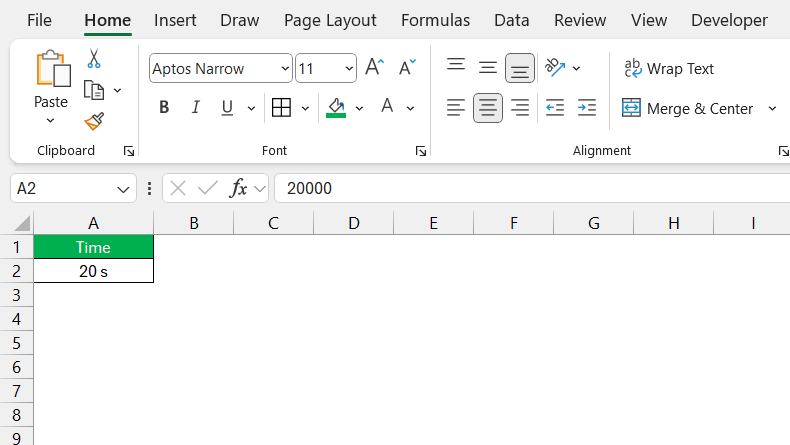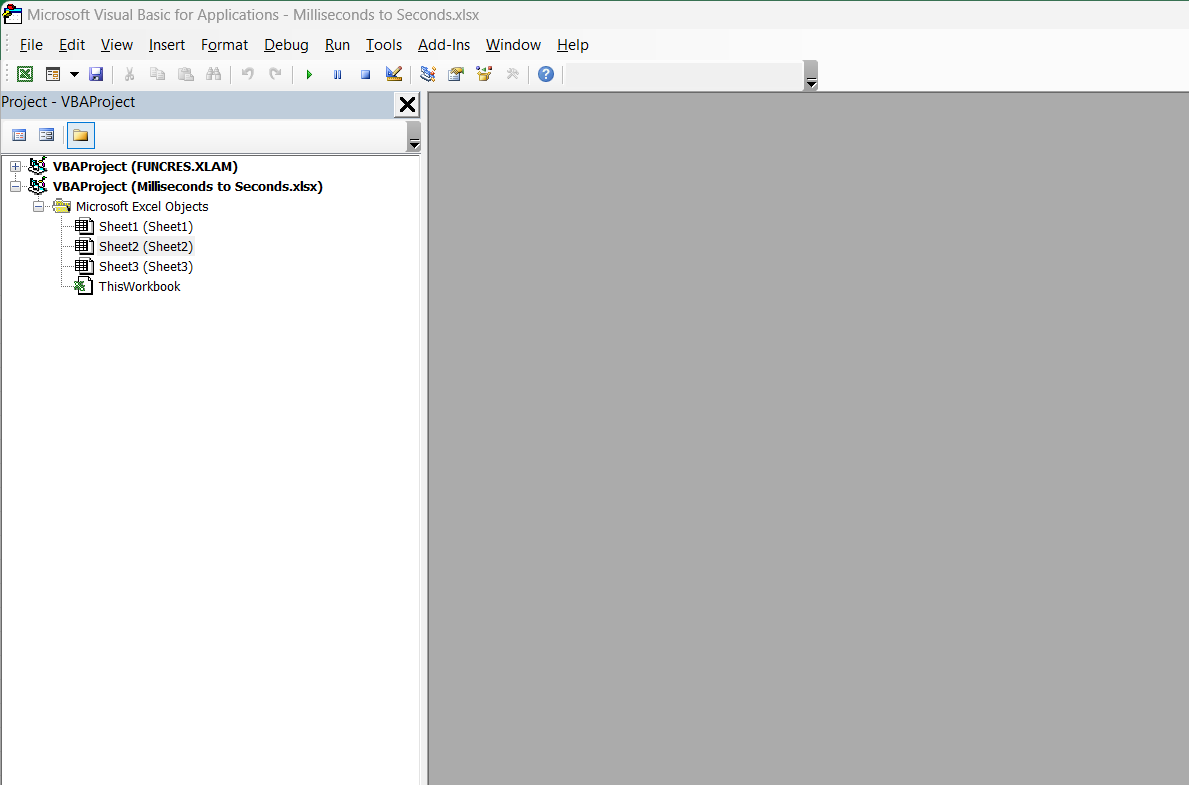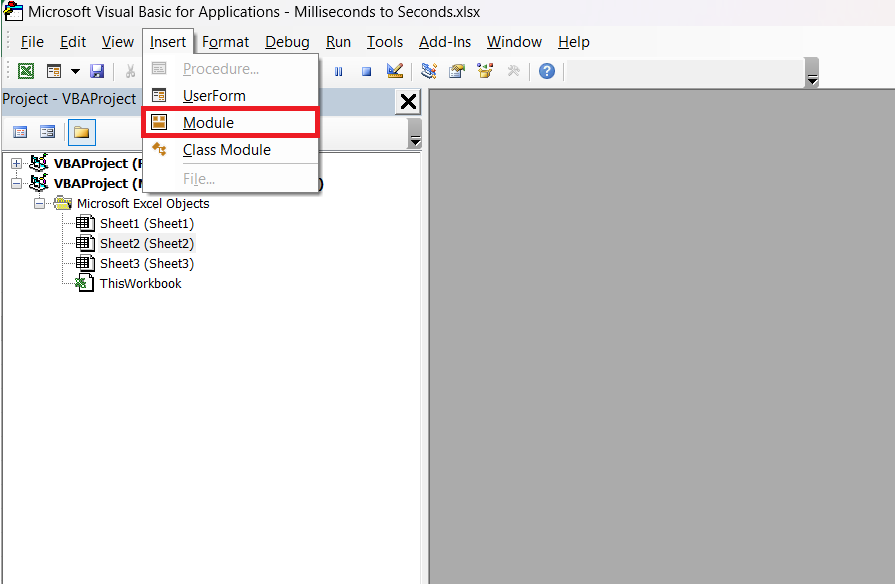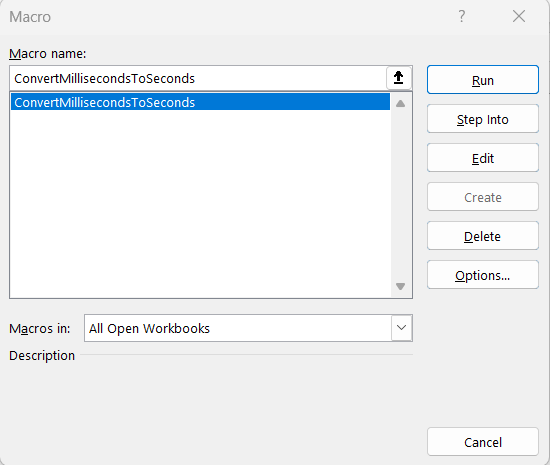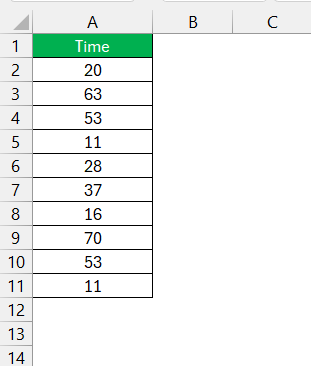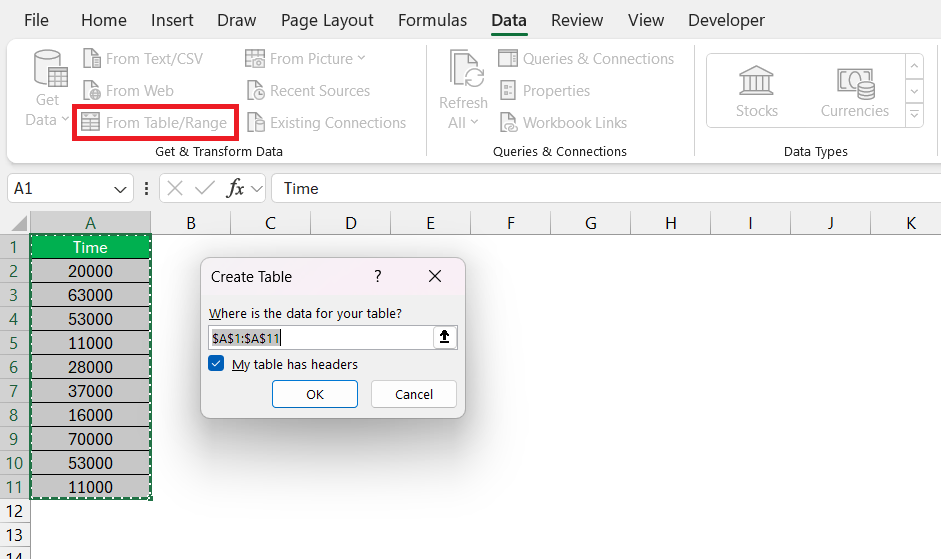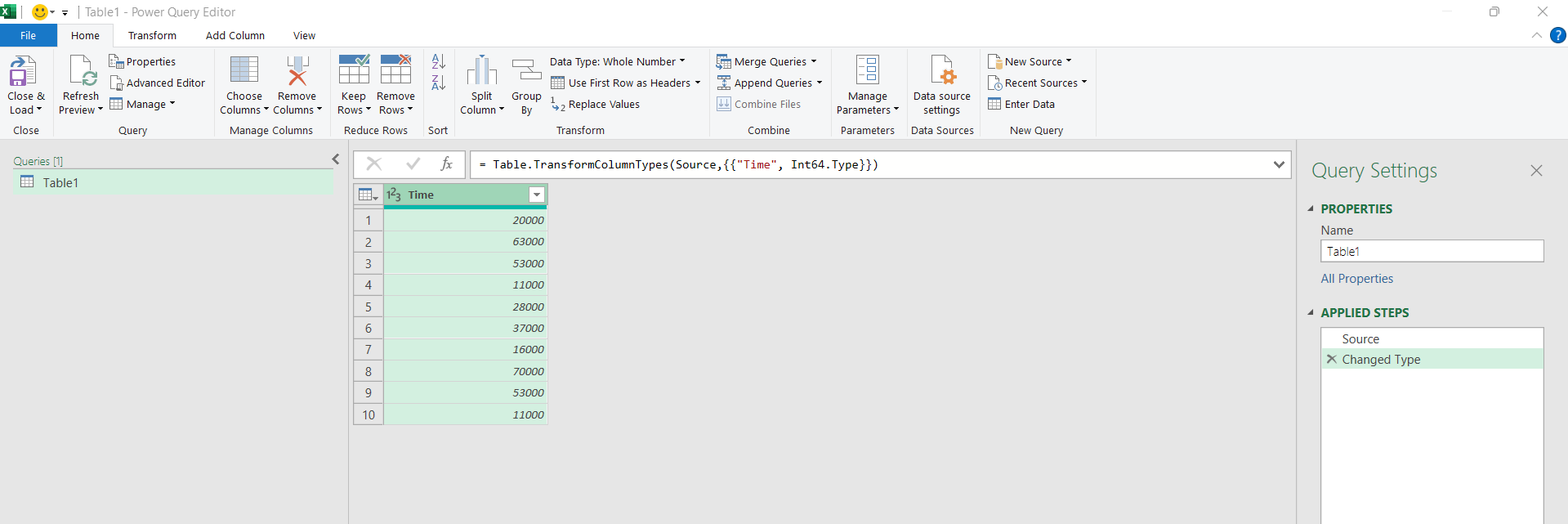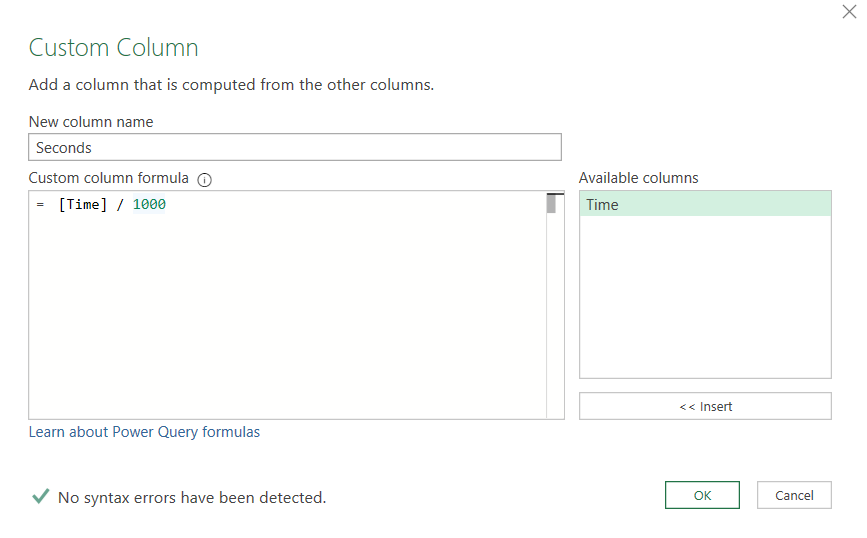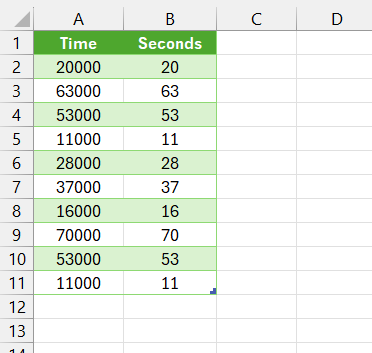Converting milliseconds to seconds in Microsoft Excel is a simple yet essential task for anyone working with time-based data. This process allows you to transform large, unwieldy millisecond values into more manageable and comprehensible seconds. By using Excel’s built-in functions and formulas, you can efficiently perform these conversions, streamlining data analysis and enhancing the clarity of your time-related datasets. This guide will walk you through the steps needed to achieve this conversion seamlessly.
Key Takeaways:
- Converting milliseconds to seconds in Excel simplifies data analysis by making time values more manageable.
- Use basic arithmetic or Excel functions like CONVERT to efficiently convert milliseconds to seconds.
- Custom formatting and VBA macros can automate and enhance the display of time conversions in Excel.
- Power Query is ideal for handling complex datasets or frequent time conversions.
- Practical applications include tracking event durations and analyzing response times, which can be made more insightful through these conversions.
Table of Contents
Unlocking the Mystery of Time Conversion in Excel
Why milliseconds matter
Millisecond precision is crucial when you’re dealing with quick processes or events that require exact timing. Think sports timing, financial market analysis, or tech operations where operations are so fleet that every thousandth of a second counts. By understanding how to manipulate milliseconds in Excel, you empower yourself with the ability to dissect and analyze this high-resolution data effectively.
Key concepts for time manipulation in Excel
When you’re diving into time manipulation in Excel, there are a few essential concepts to grasp. One is that Excel stores dates and times as serial numbers, with dates as whole numbers and times as fractional values. Additionally, understanding the difference between various time units and how Excel interprets them is crucial.
Remember, a day is treated as a unit ‘1,’ an hour is 1/24, a minute is 1/1440, and a second is 1/86400 of a day. For precision work, Excel’s custom formatting allows you to display times as you need them – down to the millisecond.
The Step-by-Step Guide to Convert Milliseconds to Seconds
Method 1: Simple Division
To transform time units in Excel, you’ll often start with simple arithmetic. Converting milliseconds to seconds might sound intimidating, but it’s just a matter of dividing your millisecond values by 1,000 because there are 1,000 milliseconds in a second. This can be done swiftly with a basic formula:
STEP 1: Select the cell where you want to compute.
STEP 2: Now, in cell B2 type =A2/1000, then press enter for the result in Seconds.
This input will take your millisecond figure and convert it into seconds. It’s the most straightforward method when dealing with smaller sets of data or a quick conversion that doesn’t need to be repeated frequently.
Method 2: Using the CONVERT Function
Excel’s CONVERT function can be used to convert between different units of measurement.
STEP 1: Enter your milliseconds data in a column (e.g., column A starting from cell A2).
STEP 2: In the adjacent column (e.g., column B), enter the formula =CONVERT(A2, “ms”, “s”) in cell B2.
STEP 3: Drag the fill handle from cell B2 down to apply the formula to the rest of the cells in column B.
Method 3: Custom Formatting
While custom formatting itself doesn’t convert the values, it can be used to display the values in a more readable way. This method is more suitable when you want to display time in a human-readable format.
STEP 1: Select the cells with your milliseconds data.
STEP 2: Right-click and choose “Format Cells.”
STEP 3: Go to the “Number” tab and select “Custom.”
STEP 4: Enter the custom format #,##0, “s” and click OK.
The number will be divided by 1000 and “s” will be added at the end.
Method 4: Using VBA (Macro)
For users who frequently need to perform this conversion, a VBA macro can automate the task.
STEP 1: Press ALT + F11 to open the VBA editor.
STEP 2: Insert a new module by clicking Insert > Module.
STEP 3: Write the VBA Code:
Sub ConvertMillisecondsToSeconds() Dim cell As Range For Each cell In Selection If IsNumeric(cell.Value) Then cell.Value = cell.Value / 1000 End If Next cell End Sub
STEP 4: Close the VBA editor.
STEP 5: Select the cells with your milliseconds data. Press ALT + F8, select ConvertMillisecondsToSeconds, and click Run.
The time in milliseconds will be converted to seconds.
Method 5: Power Query
For more complex datasets or frequent conversions, Power Query can be used.
STEP 1: Select your data and go to Data > From Table/Range.
STEP 2: In Power Query Editor, select the column with milliseconds.
STEP 3: Go to Add Column > Custom Column.
STEP 4: Enter a name for the new column and use the formula – [Time] / 1000. Click OK.
STEP 5: Click Close & Load to bring the data back into Excel.
The time in seconds will be loaded into the Excel workbook.
Practical Examples of Millisecond Conversion
Scenario 1: Tracking Event Durations
Imagine organizing a marathon and needing to track the duration of each participant’s run down to the millisecond. In Excel, you’ll store these times as milliseconds. Once you’ve captured them, converting these milliseconds into a more readable format, like minutes and seconds, is easy and allows for a more comprehensible analysis of performance times across athletes. It’s all about transforming the raw data into insightful information that everyone can understand and use.
Scenario 2: Analyzing Response Times in Data Sets
If you’re looking at customer service data, response times can be a key performance metric. These are often captured in milliseconds to ensure precision. By converting milliseconds to seconds or minutes, you can gain a clearer insight into the overall efficiency of the response team, identifying any areas that require improvement. Seeing the average, minimum, and maximum response times in seconds or minutes can be much more intuitive, enabling data-driven decision-making to enhance customer satisfaction.
Frequently Asked Questions About Time Conversion in Excel
How to convert milliseconds to seconds in Excel?
To convert milliseconds to seconds in Excel, divide the cell containing milliseconds by 1000. For instance, enter =A1/1000 into a new cell if A1 contains the millisecond value. Press Enter, and you’ve got your value in seconds, as simple as that. Use the AutoFill feature to apply this to a range of cells if necessary.
How do I format converted time values?
After converting time values, format them by right-clicking the cell, selecting ‘Format Cells,’ choosing ‘Custom’ from the categories, and entering the time format you need, such as #,##0, “s” for seconds with milliseconds. Click ‘OK’ to apply the format. This sets your cell to display time as you prefer, reflecting the precision of the data captured.
Can I convert time in bulk for multiple data entries?
Yes, you can convert time in bulk for multiple data entries. Simply enter your conversion formula in the first cell and use Excel’s AutoFill feature by dragging the formula down to the cells you wish to convert. Excel will automatically adjust the formula for each row, saving you the time and effort of individual conversions. Ensure the cells are appropriately formatted to reflect the conversion.
How to do milliseconds in Excel?
To work with milliseconds in Excel, enter your time values and ensure the cell format is set to display milliseconds: right-click on the cell, select ‘Format Cells,’ go to ‘Custom’, and type “hh:mm:ss.000”. This assures that your time is displayed with millisecond precision. Remember, Excel may round the time data if not correctly formatted, which can result in losing those critical milliseconds.
How to convert milliseconds to general number?
To convert milliseconds to a general number in Excel, simply change the cell’s format to ‘General’ after entering your milliseconds data. Right-click the cell, pick ‘Format Cells’, select ‘General’ from the category list, and click ‘OK’. This action strips away any time formatting, allowing you to view or manipulate the raw numeric value, which is especially useful for performing mathematical calculations or statistical analyses.
John Michaloudis is a former accountant and finance analyst at General Electric, a Microsoft MVP since 2020, an Amazon #1 bestselling author of 4 Microsoft Excel books and teacher of Microsoft Excel & Office over at his flagship MyExcelOnline Academy Online Course.

